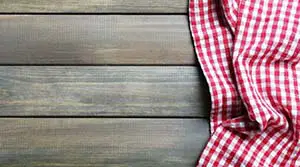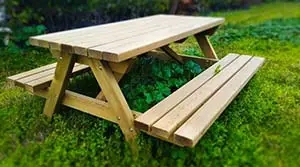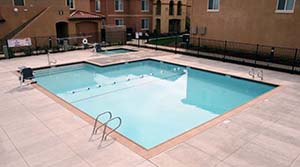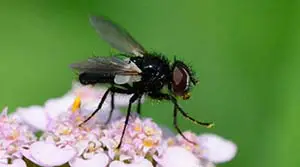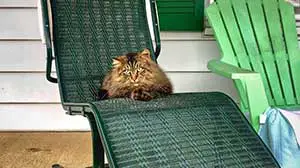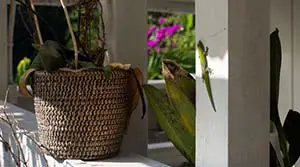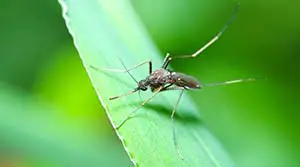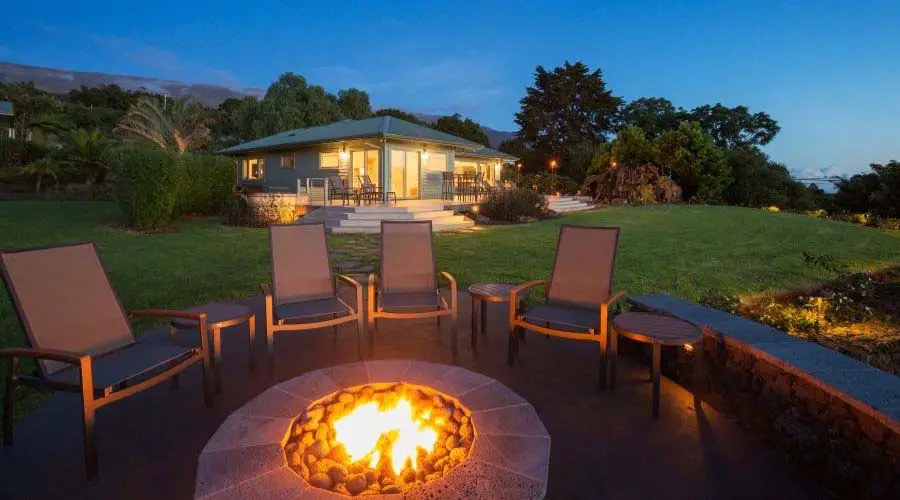
There is no better feeling than having quality time around an open fire, whether it’s a campfire in your backcountry or a fire pit in your backyard. For instance, toasting marshmallows at the fire pit is a treasured family tradition that creates memories to last for a lifetime.
However, with wildfires presenting severe threats to nature and forests around the country, everyone should be responsible for putting out their fire pit.
Whether you’re sitting around a fire pit in your backyard or cooking over one, it helps to understand how to put it out safely. Safely putting a fire pit involves doing it in a way that has a minor effect on people and the environment.
There are three ways to put your fire pit out safely:
- With water
- Dirt and sand
- Make use of a snuffer
Let’s focus on approaches you can take to put out a fire pit safely.
How Do You Put a Fire Pit Out Safely?
When you want to put out a fire pit, you should do so safely for people and the environment. Below are different ways you can employ:
1. Use Water
Water is one of the easiest ways of putting out a fire. However, using a bucket of water is not the best option for the task due to smoke getting into your lungs and eyes.
Keeping that in mind, you’ll want to use a hose. It is best to have a multi-purpose nozzle handy, such as this one. The reason for that is that having a specific setting on your nozzle is much better than a direct stream of water.
Once the entire fire pit (ash, firewood, and embers) soaks with water, you’ll want to ensure the contents stir well using a stick or shovel until they’re cooled off.
Water may not be the best option, especially if the hole is made from metal due to it weakening over time. However, if you wish to update your fire pit soon, it should not be bothersome. If you want the metal pit to be durable, other options can protect the structural integrity of your fire pit.
2. Dirt & Sand
Dirt and sand are two excellent choices when putting out a fire. We highly recommend using a shovel to throw dirt or sand into the fire once it almost finishes burning.
After putting the sand or dirt into the fire pit, you’ll then be stirring it around, as mentioned above. You will mix it until the fire is entirely out. If you own a metal fire pit, this approach is the way to go because it will last longer.
It’s also a practical option, especially if your garden hose can’t reach the position of your fire pit. The method will also save you money on water bills.
3. Snuffer
A snuffer is a reputable and effective method of putting out a fire pit. A snuffer essentially covers your entire hole like a lid and cuts off the oxygen supply, leaving there no fire left. It is essentially a large candle lid, but for fire pits!
In most cases, many fire pits already come with a snuffer. However, if you want to purchase one, keep the dimensions of your hole in mind.
If you have a wood-burning fire pit that has an enclosed area, like fire bowls or hardscaped fire pits, this option is the most ideal.
On the other hand, it does not work well with fire pits that contain a cut-out design since they allow air to flow in the burning areas. However, there are places where you can get custom-made snuffers, such as Etsy.
What is Safe to Put Under a Fire Pit?
Even though you can put anything under your fire pit, certain materials are unsafe to use in such situations. Below are some materials that can help the fire to burn and withstand high temperatures as well:
1. Sand
Applying a thin layer of sand under your fire pit can help contain the fire. You can use sand as a filler for cracks in your dug fire pit.
Having an inch of sand under the metal fire pit can also help to protect your bowl from intense fire heat. Whether the fire pit is permanent or portable, placing sand under it is a handy precaution.
2. Gravel
Gravel tends to be more compact than sand, which allows for stability over time. It also offers the best drainage for permanent fire pits dug in the ground.
3. Crushed Rock or Regular Rocks
You can’t beat crushed or regular rock for being under the fire pit, as many households use them! Crushed stone is perfect for a portable or permanent fire pit and offers a stable base. You can select various rocks, including marble, slate, or granite.
For regular rocks, make sure to check the type of rock before applying it to your fire pit. Wet or porous stones like river rocks or sandstone can explode or crack when they achieve high temperatures.
4. Glass
Glass materials for fire pits are decorative and add a sparkle to any ethanol or gas-fuelled fire pit. However, they aren’t ideal for wood fire pits since the soot and smoke might fade the glass.
5. Bricks
Bricks are an excellent choice because of how high temperatures they can withstand. Half bricks or fire-rated bricks under the fire pit allow oxygen to fan the fire flames.
6. Concrete
Concrete is highly aesthetically pleasing to the eye, and you can find many colored or painted options to choose from. Concrete materials form a perfect bottom layer, especially for permanent fire pits.
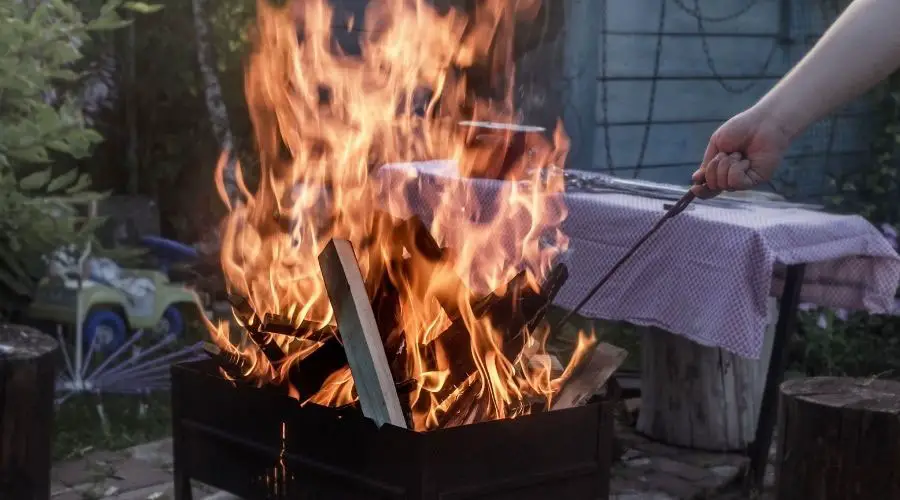
Tips for Making Your Fire Pit Durable
Maintaining a fire isn’t as easy as you might think. However, you can follow below to make your fire pit more durable.
1. Remove Ash from the Fire Pit After Use
After the fire pit has gone out, wait for at least 24 hours, then use a shovel to transfer debris and ashes to a safe and non-flammable container for disposal. Never remove the ash while it’s still hot.
2. You Don’t Need Lighter Fluid if You’re Using Dry Firewood
Using proper techniques, you should build your fire and get it started using kindling and tinder. A light fluid is known for threatening bodily harm and can destroy the finish on the fire pit, translating into degradation over time. However, you can still light your fire pit without the lighter fluid.
3. Allow the Fire to Extinguish Naturally
Ensure that the fire is fully cool before leaving the fire pit area. If you cool a 1000 degree fire pit suddenly, the structure of your fire pit could be damaged and cause instant danger.
Even though pouring water on the fire pit is easier and quicker, it leads to a sudden change in temperatures, damaging the materials that make up your fire pit. Unless there is an emergency, allow the fire to settle until it completely burns down by itself.
4. Always Select What You Burn Carefully
Never burn pressure-treated wood or trash. Ensure you only burn dry locally sourced firewood in a traditional wood-burning fire pit.
Buring any other wood might emit chemicals and toxic fumes. Apart from the fumes being harmful to your health, they can also damage your fire pit.
5. Always Clean the Grate Before & After Using it
After you are through with cooking, allow the grate to cool thoroughly, then employ a wire brush to scrub and remove any debris or food.
If you don’t do this effectively, you’ll be with hardened food on the grate, which is not appealing, especially when you want to cook again.
You can add cooking oil to your grate before you use it. It’ll discourage erosion and rust and make it easier any time you want to cook.
6. Always Cover Your Fire Pit When Not in Use
If you leave it exposed to heavy weather elements all the time, it’ll be prone to damage. For instance, rain causes severe damage and rusting to the structure, ruining its appearance and affecting future use.
Safety Tips Before You Build a Fire Pit
Below are tips you should follow to understand the type of fire pit to buy, where to put it, and how you can prepare your backyard:
1. Check Local Regulations & Ordinances
Before purchasing and installing a fire pit, ensure that your local governing body allows you to have it. Your state, city, or association might have regulations in place to regulate where you place the fire pit and the size you can have.
Always consult professionals on any possible regulations that you might be unaware of.
2. Determine the Right Fuel for You
The most popular fuel for fire pits is propane, natural gas, and wood. However, propane and natural gas burn cleaner than wood. It means that they offer a more negligible effect on the air quality.
Thanks to its quickness and ease of starting a fire, people prefer propane. However, you’ll have to buy and return propane tanks that are available at convenience stores, gas stations, home improvement stores, and garden centers.
Natural gas also starts quickly and fires more efficiently than wood. The downside to using natural gas is that you’ll need to run a gas line to where your fire pit is. It could present an added expense that you weren’t prepared for.
Even though wood isn’t environmentally friendly, it’s easy to acquire and readily available. It’s also cheaper to acquire than propane and natural gas.
3. Select Your Fire Pit Placement Well
It would help to consider various factors while determining the perfect location to place your fire pit. First, it is wise to ventilate the area you choose adequately. Ventilation allows which can be dangerous to your health to escape into the environment.
Avoid setting your fire pit in an area that faces windy conditions. Wind can easily cause a fire to spread in your yard or your neighbor’s.
Situate a fire pit at a safe distance from any structures and flammables. For instance, avoid having it near tree branches.
4. Incorporate a Firebreak in the Design
Including a firebreak around the fire pit will limit risks resulting from embers, sparks, or logs falling for the fire bowl accidentally. Select a hardscape that matches your design for a functional and attractive firebreak.
5. Ensure You Have a Spark Screen
Even if your fire pit doesn’t come with a spark screen, get your bowl measurements so that you buy a new one for yourself. A spark screen will help you keep dangerous sparks and amber in the fire pit.
6. Clean the Gutters
Cleaning your gutter is also an important thing to consider for the safety of your fire pit. Set aside specific days to do the cleaning.
7. Plan on Putting Out Fire Quickly
There is a need to plan how to put out the fire when it escapes your fire pit or gets too big. You’ll need to acquire a fire extinguisher rated Class A.
Apart from just buying the fire extinguisher, follow the instructions, service it, keep the extinguisher in a good place, ensure that it’s used by people who understand its operation.
You can also acquire a sand or garden horse bucket near your fire pit.
8. Hire a Professional Contractor
You’ll need a professional contractor to design and install a fire pit for you. If you decide to do it yourself, ensure that you fully understand the installation process. Any slight mistake can be harmful and costly.
9. Train Your Household on Safety
Even before you use the fire pit, ensure that everyone in your house understands the basic safety training, including how to stay away from fire, add wood, start a fire, and use a fire extinguisher.
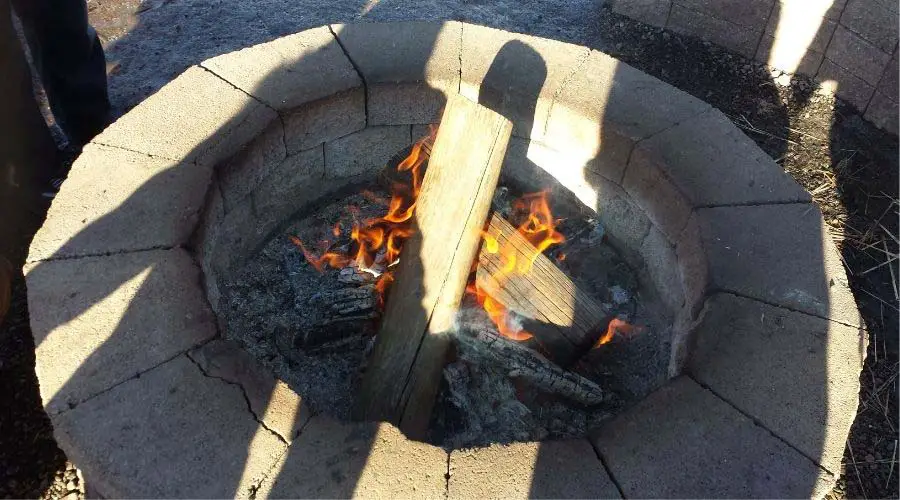
Fire Pit Maintenance & Safety
After installing the fire pit, you should understand how to keep it safe and functioning correctly. The tips below will assist you in keeping your family safe anytime they gather around the fire.
1. Check the Condition of Wind Before Use
Whether you live in a windy environment or not, always check the wind conditions before using your fire pit. Heavy winds can spread fire to your neighbor’s backyard leading to legal implications.
2. Check the Air Quality
Before you light up your fire pit, ensure you aren’t violating a no-burn order or adding to the unhealthy air quality.
3. Always Confirm that Fire Extinguisher are on Hand
Fire Pit safety demands that you be ready to handle any emergencies. It means having your garden hose, a bucket of sand, and a fire extinguisher ready for anything.
4. Ensure the Pit is Clean
Remove ash from your fire bowl all the time. You should also check the bowl for damages. Ensure that the area around your fire pit is free of twigs, leaves, and flammable debris.
5. Always Use Proper Fuel
Always read your manufacturer’s instructions to understand the right fuel for your fire pit. For wood-burning fire pits, apply dry, seasoned firewood.
Avoid burning stained wood, MDF plywood, or treated wood. It’ll also help to avoid green and wet wood.
6. Avoid Lighter Fluid
Applying lighter fluid releases chemical pollutants into the atmosphere that can cause severe fires. You can always start a fire naturally without any accelerants.
7. Start Slow & Small
If you settle on burning wood, take your time to start your fire slowly. Employ pre-made fire starters to start your fire. As we have seen above, avoid lighter fluid since they’re polluting and dangerous.
8. Ensure Firewood Fits Well
Maintain a safe fire by fitting each piece of wood in your fire bowl. Ensure that no wood sticks out on top or leans against the side of your bowl.
9. Keep a Safe Seating Distance
Always ensure safety every time you sit around the fire pit with your family. Ensure that everyone, including your family and guests, maintains a safe sitting distance from the fire pit. Sitting closer to the fire pit can lead to your clothes catching fire or severe burns.
10. Always Be Mindful of Pets & Kids
There is no denying that pets and children are equally drawn to the warmth of a fire pit as you are. Ensure that pets and children stay at least three feet away from the hole. You can even consider installing a barrier to protect them.
11. Remember to Put Out Fire
It would be best if you always put out the fire after you’re through with everything. To put out your fire, ensure that all the wood in your fire pit is consumed. You can then spread out the ash in your fire bowl.
Allow the ash to cool and apply water throughout to ensure no embers are burning. For natural gas and propane fire pits, turn off the supply.
12. Clean Your Fire Pit Regularly
The maintenance of your fire pit is integral to its safe use. It’s therefore critical that you ensure it’s clean and functioning correctly. For instance, provide no ash in your fire pit for wood-burning pits.
Follow your manufacturer’s cleaning guide for natural gas and propane fire pits.
Conclusion
It’s a fact that fire pits have become common in most households. However, safety measures require that you put out the fire in your fire pit safely after using it. It would help if you did it in a friendly way to the environment, people, and pets.
There are safe materials that you can put under your fire for support, and you can select from any that we have recommended above.
You should also follow the safety requirements while building and using your fire pits to ensure durability and limit harmful effects. Always clean your fire pit after use.
Sources


